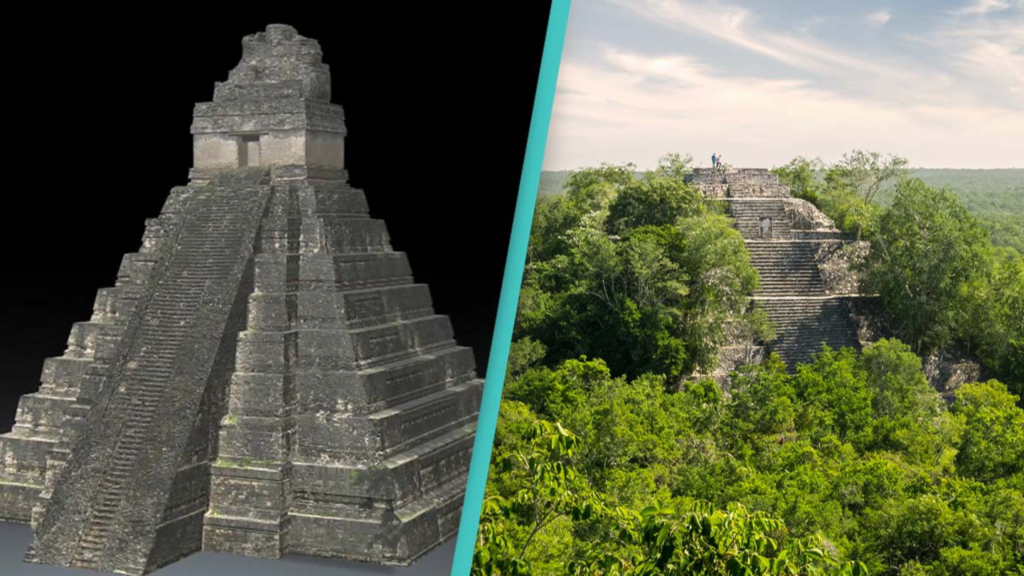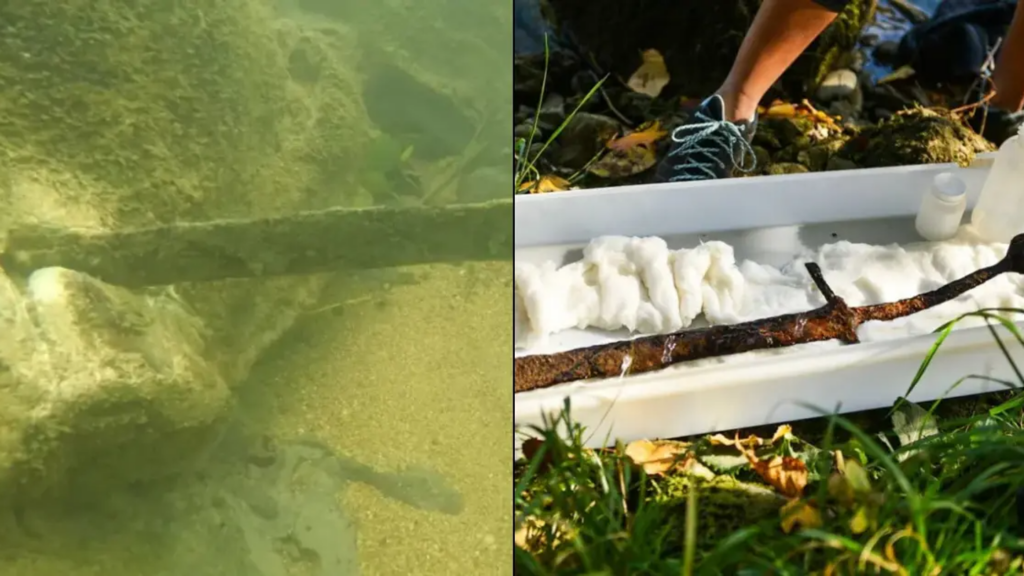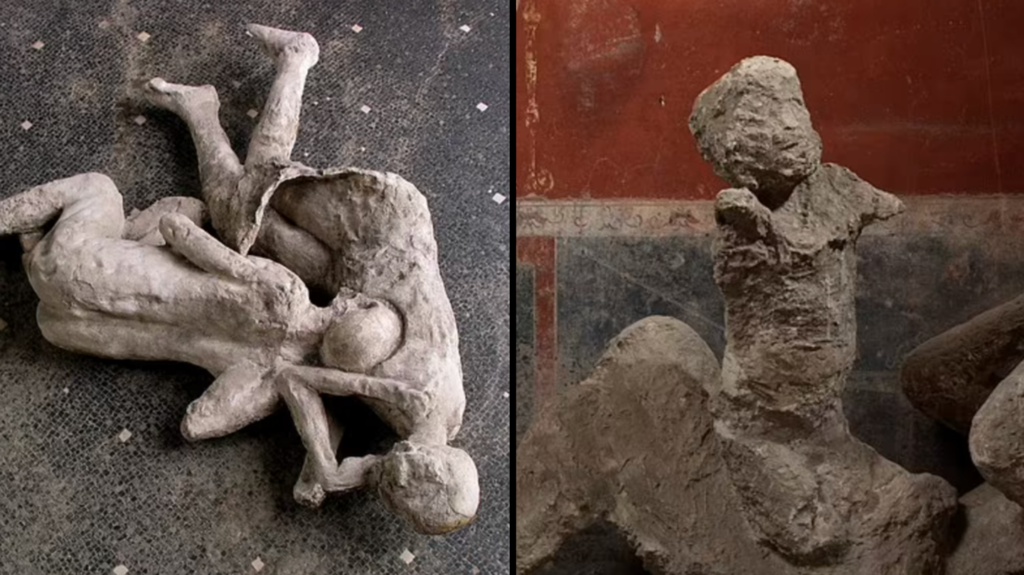Some recent discoveries are transforming our understanding of ancient Latin American civilizations, and the most recent find came about entirely by chance.
In what could be the ultimate travel story, a group of archaeologists stumbled upon an ancient Mayan city and were able to name it following its discovery.
Luke Auld-Thomas, a Ph.D. candidate in Archaeology at Tulane University, made this unexpected discovery while working with a small team in the southeastern region of Campeche, Mexico.
Auld-Thomas and his team uncovered an array of impressive structures, including pyramids, sports fields, causeways connecting different areas, and amphitheaters. They named the lost Mayan city Valeriana, after a nearby lagoon.
In total, the team identified three significant sites within an area roughly the size of Edinburgh, Scotland. This incredible discovery happened “by accident” when one team member was browsing online data.
Auld-Thomas shared, “I was on something like page 16 of Google search and found a laser survey done by a Mexican organization for environmental monitoring.”
Though he admits he doesn’t fully grasp the technology, the team used Lidar—a remote sensing tool that sends out thousands of laser pulses from a plane to map objects below, based on the time it takes for signals to bounce back.
When Auld-Thomas processed the data, he caught sight of something earlier researchers had overlooked: a large city that likely housed 30,000 to 50,000 people at its peak, estimated to have been between 750 and 850 AD, as reported by the BBC.
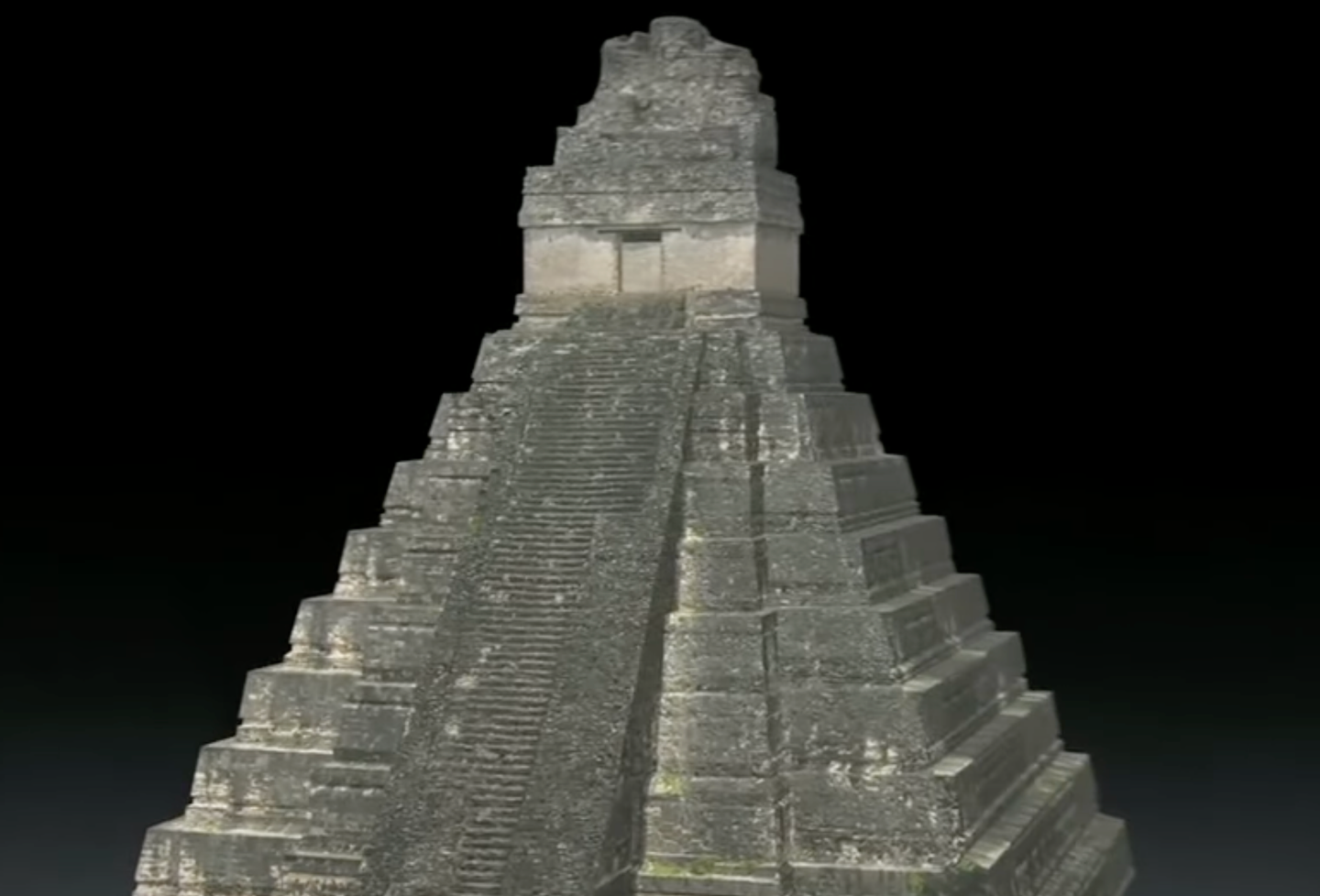
In an interview with the BBC, Auld-Thomas described what the city might have been like based on current knowledge and details from this recent discovery.
He explained, “It would have been a very colorful, very lush and a very striking environment to move through.”
“Things like palaces and temple pyramids, all of those would have been covered in lime plaster and then painted red, pink and yellow and black.”
“There would have been clusters of buildings where people mostly spent their time making ceramics or mostly spent their time shaping stone tools.”
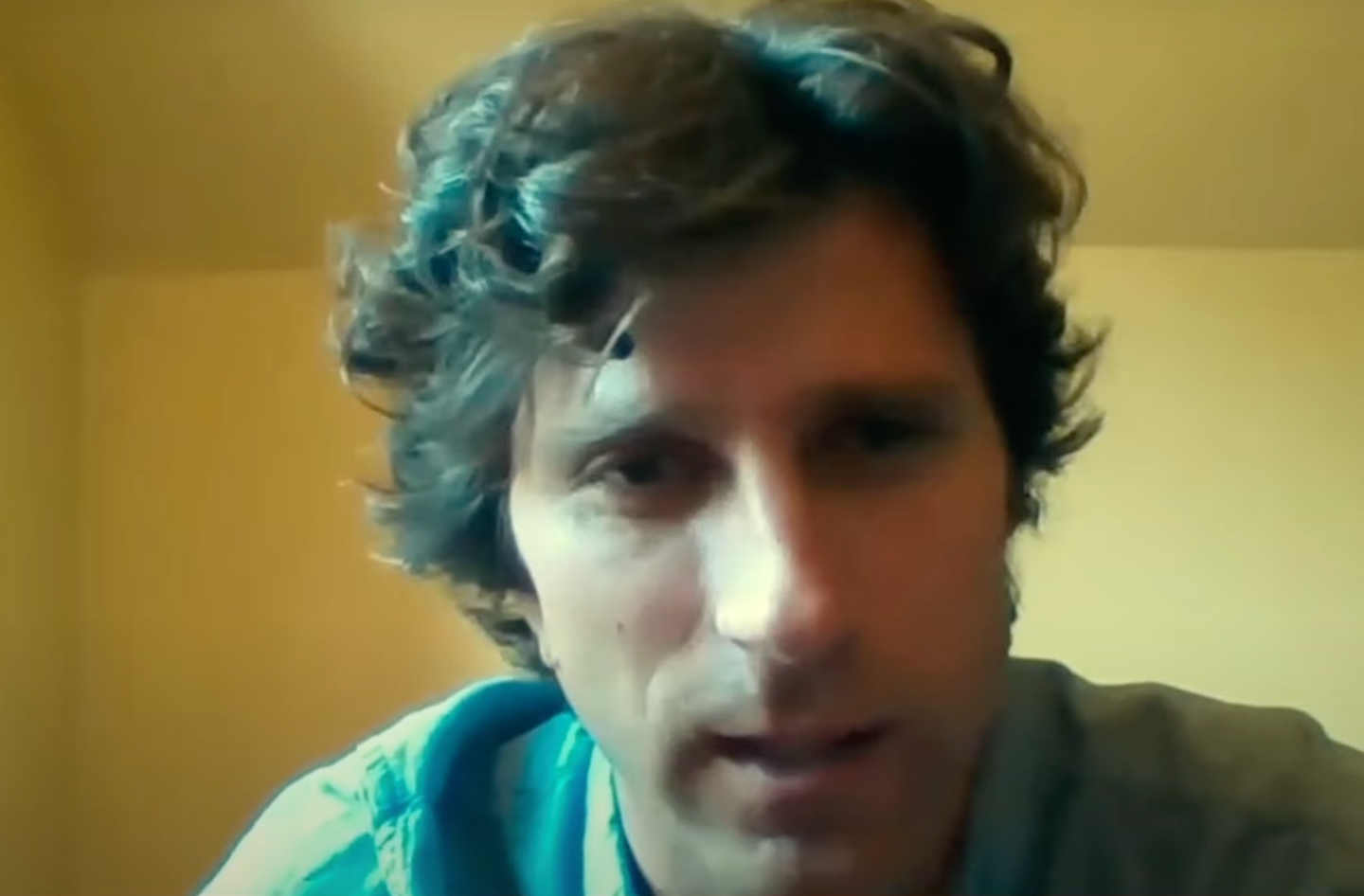
“In this part of the world, there is also some evidence of market places.”
The city, which covered around 16.6 square kilometers, had two primary centers featuring large structures, located roughly 2 kilometers apart. These were surrounded by dense clusters of homes and interconnected by causeways.
The archaeologists noted that Valeriana was “hiding in plain sight,” located only a short 15-minute hike from a major road near Xpujil, where many Maya people still reside.
